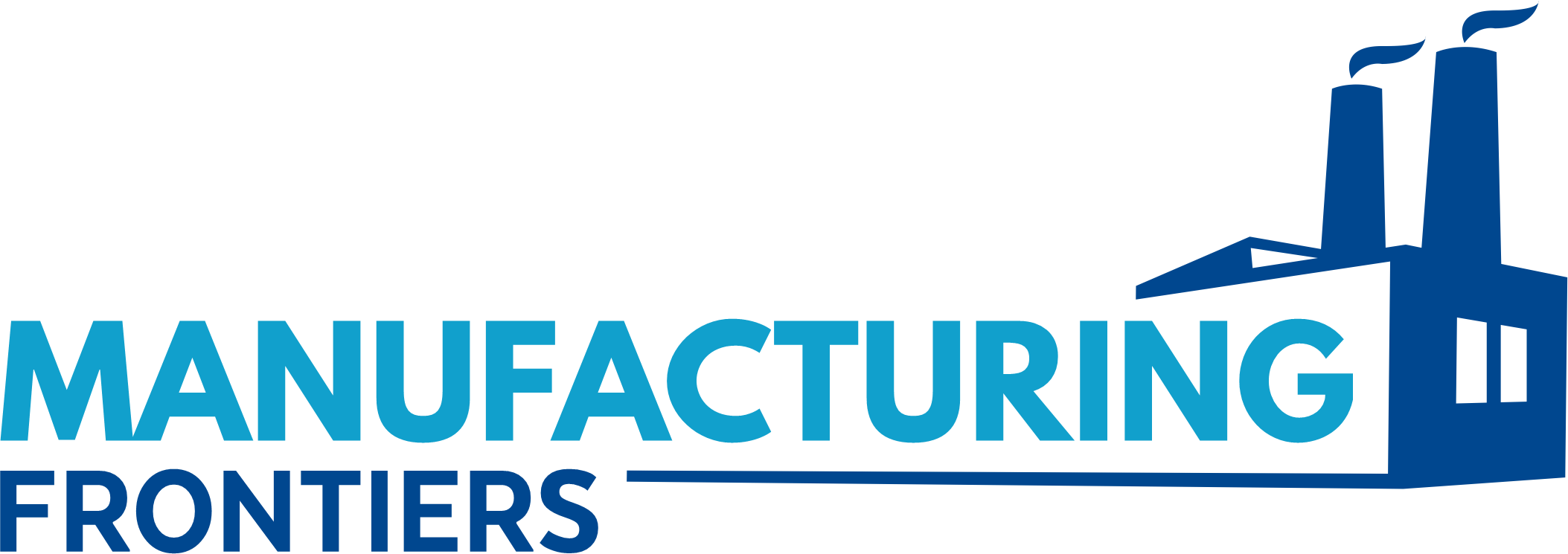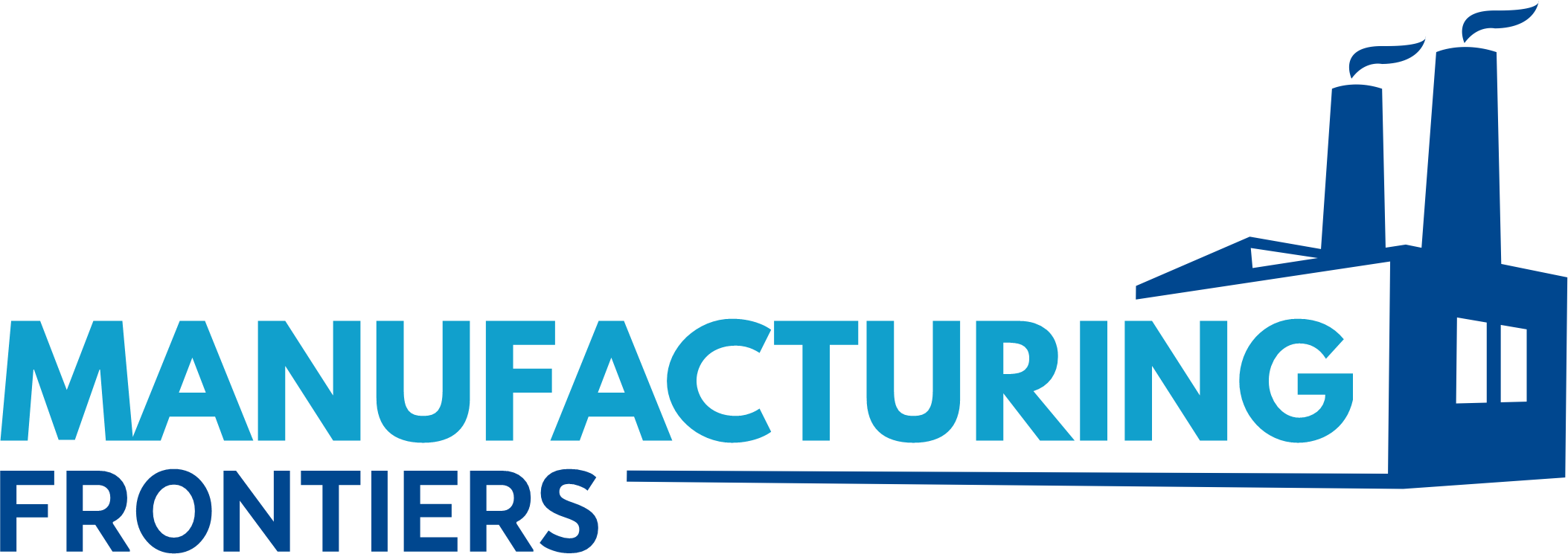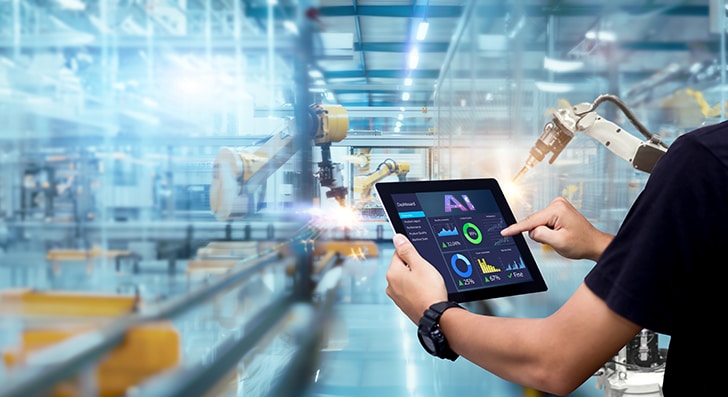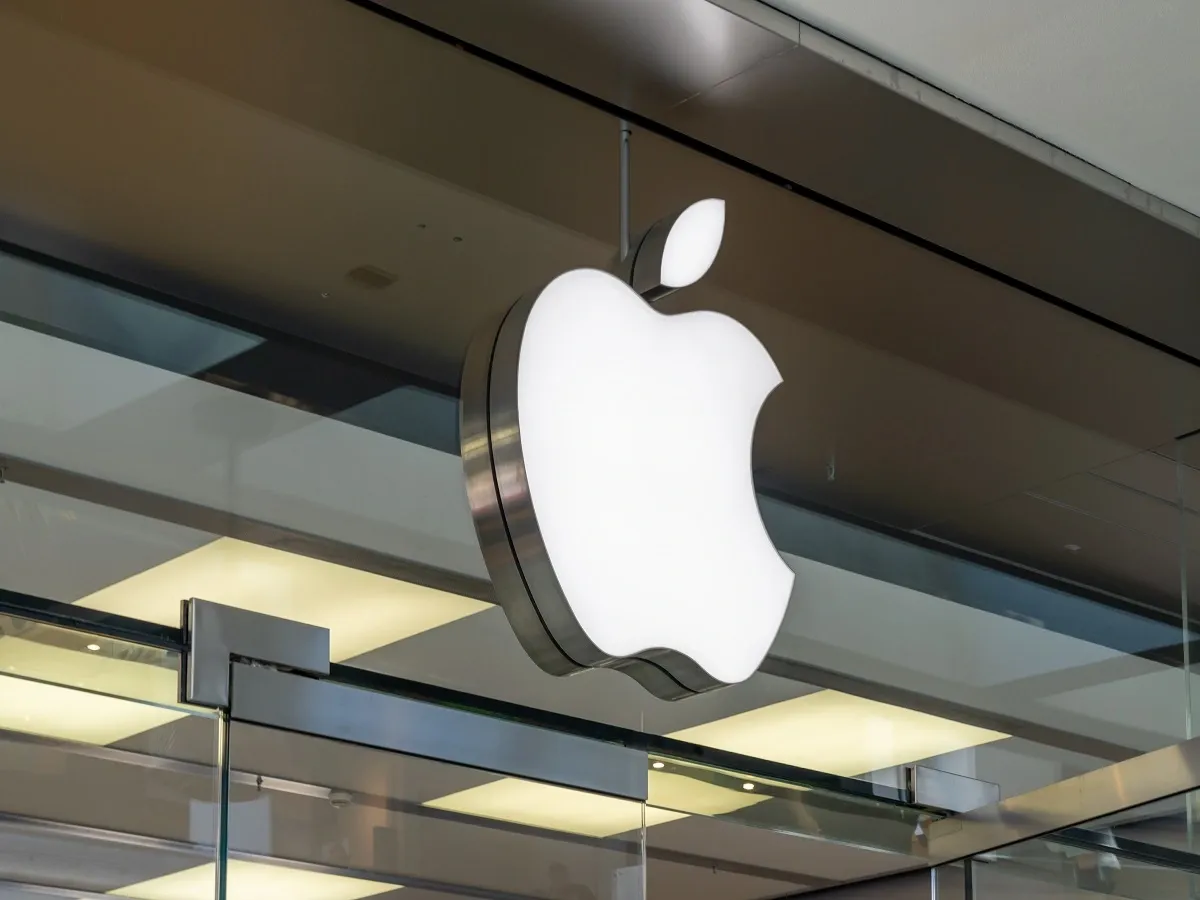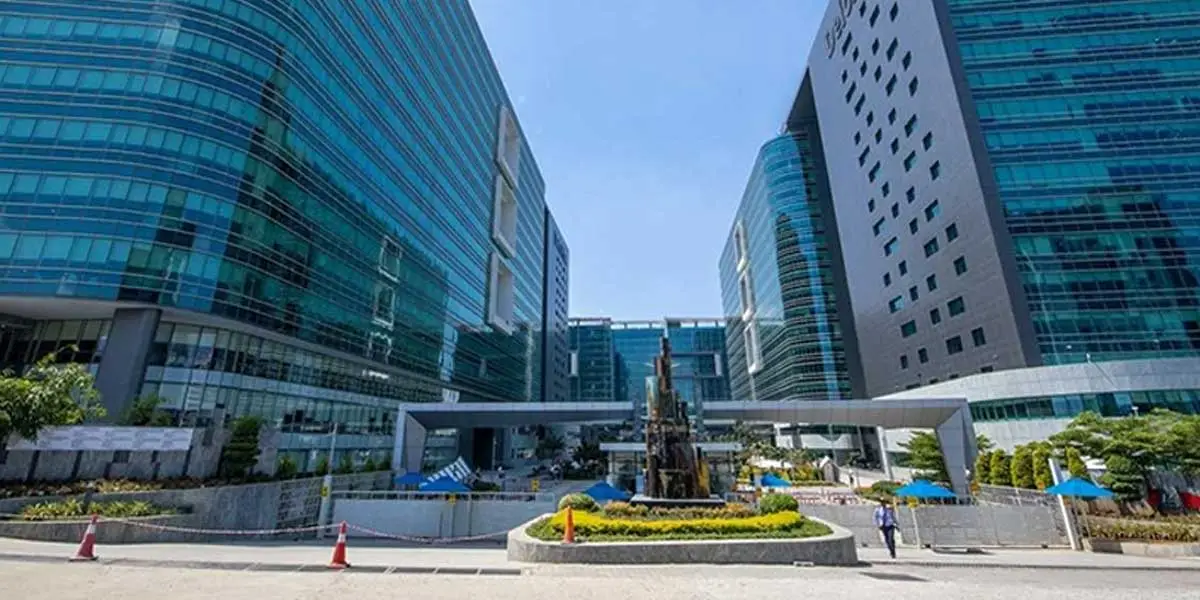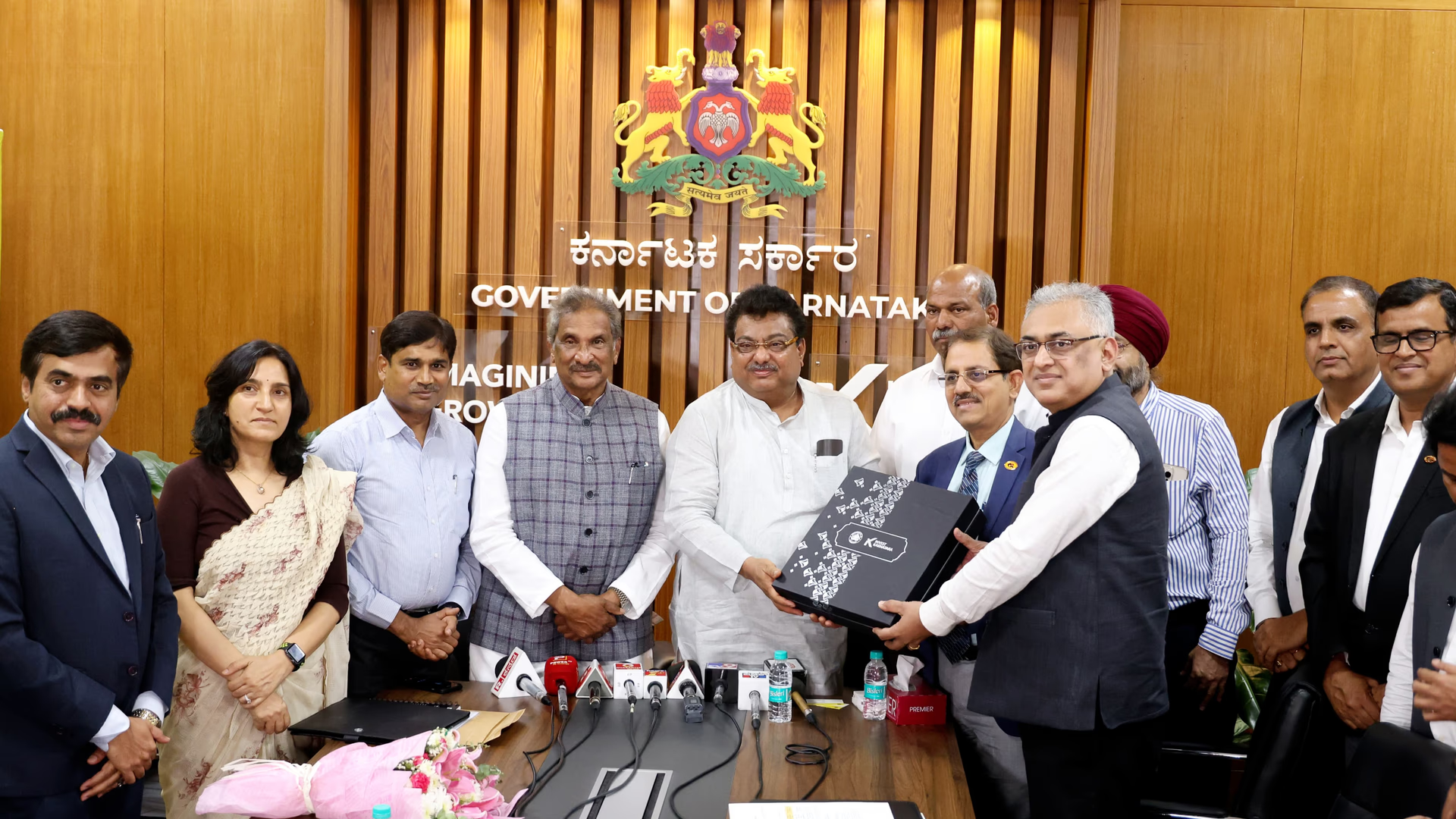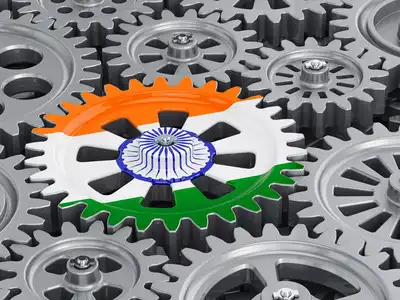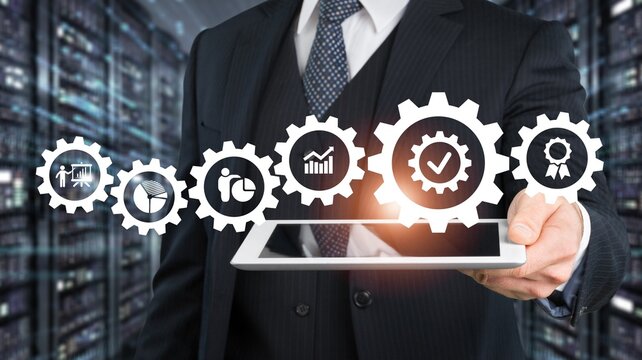manufacturers bridge the gap from Industry 4.0 to Industry 5.0? This transition goes beyond just adopting new technologies; it involves a cultural shift and a rethinking of how humans and machines interact to create more personalized, sustainable, and resilient manufacturing systems.
1. Understanding the Core Differences: Industry 4.0 vs Industry 5.0
Before diving into the transition process, it’s essential to understand the key differences between Industry 4.0 and Industry 5.0.
- Industry 4.0: The primary focus of Industry 4.0 is the integration of cyber-physical systems, Internet of Things (IoT), big data analytics, and artificial intelligence (AI) to automate production and improve efficiency. It emphasizes the digitization of manufacturing processes, allowing machines to communicate with each other and make decisions autonomously.
- Industry 5.0: Industry 5.0 takes the foundation of Industry 4.0 and introduces a new focus on human-centric manufacturing. While automation and data are still central, the role of humans in the manufacturing process is emphasized. Industry 5.0 aims to combine human creativity, empathy, and problem-solving skills with the precision, consistency, and efficiency of machines. The goal is to achieve more personalized products, sustainable manufacturing, and enhanced worker well-being.
2. The Role of Humans in Industry 5.0
Industry 5.0 introduces a paradigm shift from fully automated processes to a collaborative environment where humans and machines work together in harmony. Rather than viewing automation as a replacement for human labor, Industry 5.0 sees humans as an integral part of the process.
- Human-Centered Collaboration: In Industry 5.0, workers are not just operators but are involved in the creative and decision-making aspects of production. Collaborative robots, or cobots, play a crucial role in assisting workers with physically demanding tasks, allowing them to focus on higher-value work. This collaboration results in a more flexible, adaptable workforce.
- Personalization: Industry 5.0 aims to deliver highly personalized products, and humans are key to achieving this. Customization of products based on customer needs, desires, and preferences requires human intelligence, creativity, and decision-making. Cobots and AI assist in enhancing precision, but humans ensure that the process remains flexible and personalized.
3. Leveraging AI and Automation for Customization
While automation and AI have been integral parts of Industry 4.0, Industry 5.0 pushes these technologies further to enable mass personalization at scale.
- AI-Driven Design and Production: AI systems can analyze vast amounts of customer data to offer insights into preferences, trends, and behaviors. By integrating AI into the design process, manufacturers can create products that meet individual customer needs. This level of customization is difficult to achieve with traditional manufacturing systems.
- Smart Customization Tools: With Industry 5.0, manufacturers are creating platforms that allow customers to personalize products themselves. For example, consumers can design their clothing, furniture, or electronics online, and AI tools suggest modifications, helping them create a product that fits their personal style while maintaining manufacturing efficiency.
4. Sustainability at the Core of Industry 5.0
Sustainability is a driving force behind Industry 5.0. In response to the growing demand for eco-friendly practices, manufacturers are incorporating sustainable practices into every facet of their operations. Industry 5.0 aims to create manufacturing processes that minimize waste, reduce carbon footprints, and use resources more efficiently.
- Eco-Friendly Manufacturing: In Industry 5.0, AI and data analytics help identify areas for energy savings, waste reduction, and materials optimization. For example, AI systems can predict equipment malfunctions before they happen, allowing for preventative maintenance that extends the life of machines and reduces the need for resource-intensive repairs.
- Circular Economy: Industry 5.0 encourages the use of circular economy principles, where products and materials are reused and recycled instead of disposed of. By integrating smart technology and AI, manufacturers can track the lifecycle of products and ensure that resources are repurposed and reused, further reducing waste and environmental impact.
5. Resilient and Agile Manufacturing Systems
The transition from Industry 4.0 to Industry 5.0 isn’t just about enhancing the human-robot collaboration. It’s also about creating resilient and agile manufacturing systems that can respond to global challenges and disruptions. The COVID-19 pandemic, for instance, has highlighted the need for more flexible supply chains and production systems.
- Flexible Manufacturing: In Industry 5.0, factories are designed to be more agile and adaptive, able to pivot quickly to changing customer demands, raw material shortages, or global supply chain disruptions. AI, big data, and IoT help manufacturers gather real-time data, allowing them to adjust production schedules and processes quickly and efficiently.
- Resilience through Diversification: Industry 5.0 encourages diversification in the supply chain, with AI helping identify and evaluate alternative suppliers and sourcing options in case of disruptions. The goal is to ensure that manufacturers remain competitive and resilient, no matter the external challenges they may face.
6. The Path to Transition: Steps Manufacturers Can Take
For manufacturers to successfully transition from Industry 4.0 to Industry 5.0, they need to follow a series of strategic steps:
- Invest in Collaborative Technologies: Start integrating cobots and other collaborative tools that allow workers and machines to work together seamlessly. This shift will enhance productivity while maintaining a human-centric approach.
- Focus on Employee Reskilling: The transition requires a shift in skill sets. Manufacturers must invest in reskilling their workforce to embrace new technologies, from robotics and AI to advanced analytics. This will empower employees to work effectively with intelligent machines.
- Implement Sustainable Practices: Sustainability must be at the core of your strategy. Integrate AI and automation into processes that help reduce waste, optimize resource usage, and lower carbon emissions.
- Develop Agile Systems: Manufacturers need to implement more flexible, adaptable systems that can handle changes in production, demand, and supply chain conditions. This involves investing in digital transformation technologies like IoT, AI, and cloud-based platforms.
- Foster a Culture of Innovation: Transitioning to Industry 5.0 requires a cultural shift. Manufacturers should encourage a mindset of innovation, collaboration, and continuous improvement. This involves leadership committing to long-term strategies that integrate both technological advancements and human-centered values.
Conclusion
The transition from Industry 4.0 to Industry 5.0 presents both opportunities and challenges. It’s not simply about adopting the latest technology; it’s about enhancing the role of humans in the manufacturing process, focusing on sustainability, and creating more resilient and agile systems. The future of manufacturing is collaborative, personalized, and sustainable, and Industry 5.0 is the next step in achieving these goals.
Manufacturers who successfully bridge this gap will not only increase operational efficiency but also improve employee satisfaction, reduce environmental impact, and deliver products that are more closely aligned with customer needs and values. The journey to Industry 5.0 is well worth the effort—unlocking a future of smart, human-centric manufacturing.
